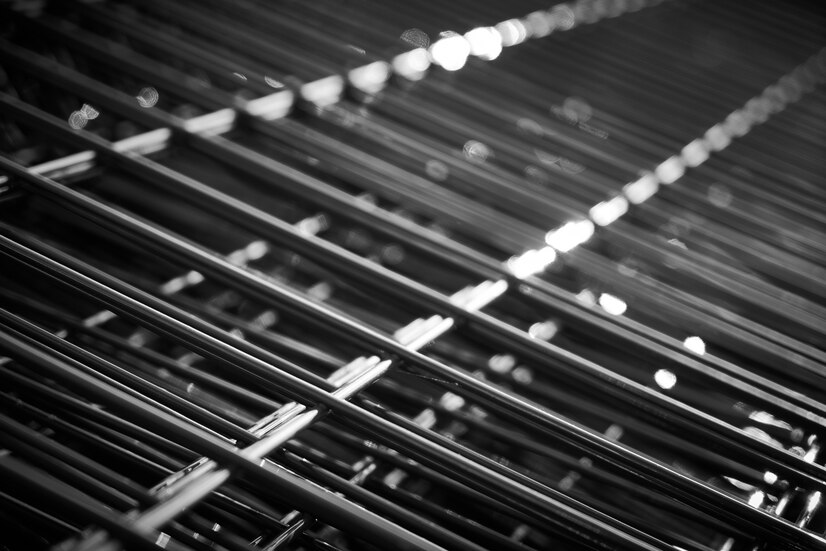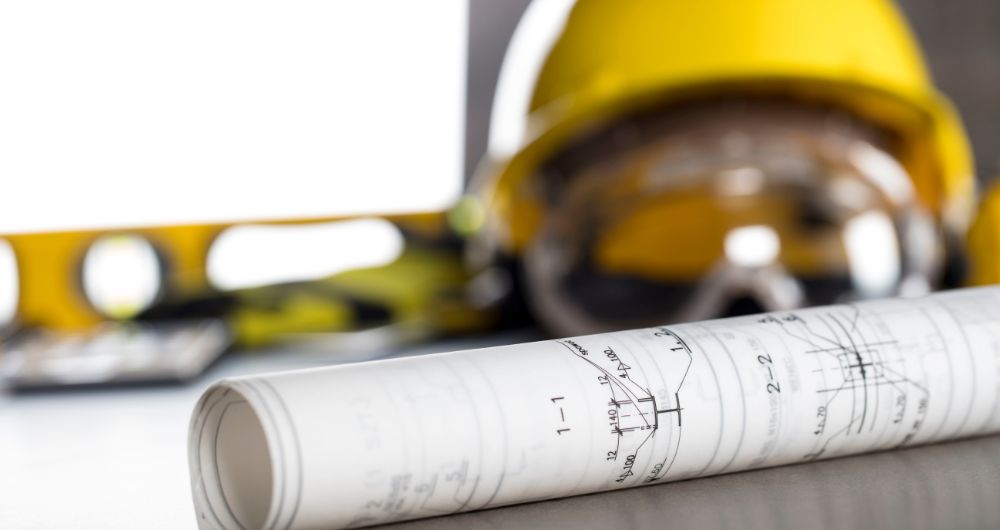When it comes to building and construction, choosing the right commercial construction materials is very important for any commercial project. The materials used are the building blocks of any structure and determine how long it will last, how it will look, and how much it will cost. Here, we will explore the five most common materials used in commercial construction and their typical uses.
1. Concrete
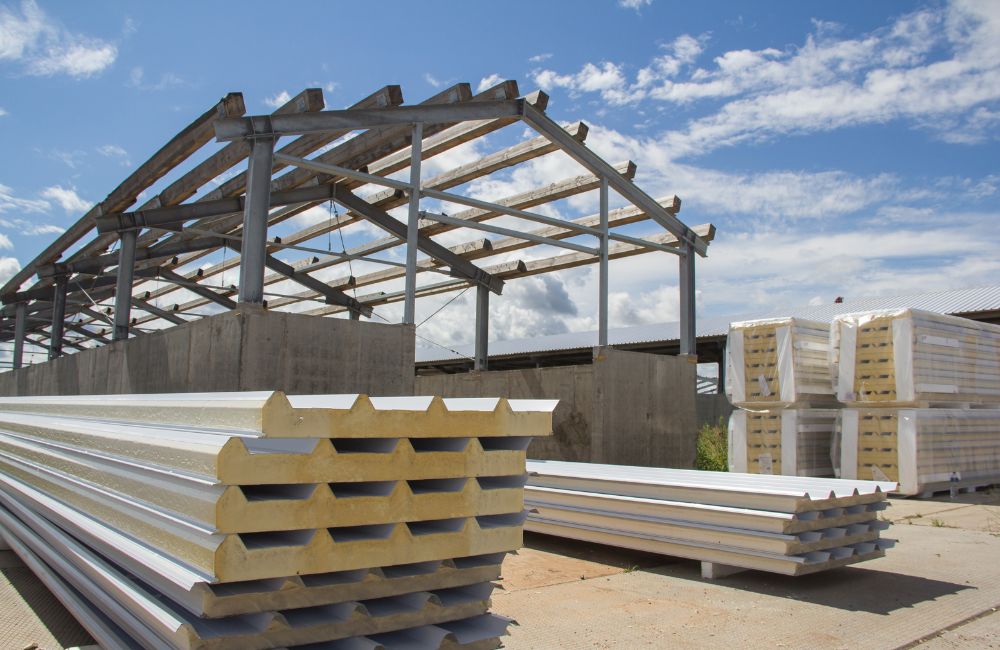 Concrete is a fundamental part of commercial construction materials and is widely recognized for its strength and adaptability. Concrete creates strong foundations and structures by mixing cement, water, and aggregates like sand and gravel. This mixture hardens over time, forming a solid mass that can withstand heavy loads lasting many years.
Concrete is a fundamental part of commercial construction materials and is widely recognized for its strength and adaptability. Concrete creates strong foundations and structures by mixing cement, water, and aggregates like sand and gravel. This mixture hardens over time, forming a solid mass that can withstand heavy loads lasting many years.
Concrete is incredibly versatile, meaning it can be shaped and formed to meet various design requirements in construction. Its ability to be poured into different shapes and sizes makes it a preferred choice for various commercial projects. Concrete is strong and cost-effective, making it a go-to material in the construction industry.
Common Applications
Building Foundations: Concrete provides a sturdy base that supports the weight of the entire building.
High-rise Structures: Its strength is essential for constructing tall buildings in commercial zones.
Bridges and Overpasses: Concrete's durability makes it ideal for supporting heavy bridge traffic.
Parking Garages: These are used to create multi-level parking structures that can bear the load of numerous vehicles.
Sidewalks and Pavements: Concrete is commonly used for paving due to its ability to withstand weather conditions and heavy foot traffic.
2. Steel
Steel is a crucial element in commercial construction materials, and it is known for its strength and flexibility. This material is an alloy made primarily of iron and carbon, and it stands out in the construction industry for its durability and resistance to wear and tear. Steel's high strength-to-weight ratio supports large structures without adding unnecessary weight, making it perfect for modern commercial buildings.
In commercial construction, steel is appreciated for its quick and efficient installation process. Unlike some other materials, steel can be prefabricated, meaning parts of a building can be made in a factory and assembled on-site, saving time and labor costs. Moreover, steel's adaptability allows for architectural flexibility, enabling designers to create innovative and functional spaces.
Common Applications
Skyscrapers: Steel's strength is ideal for the framework of tall buildings, supporting many floors and heavy loads.
Industrial Buildings: Factories and warehouses often use steel for its robustness and large-span capabilities.
Sports Arenas: Steel is used to create the large, open spaces needed for sports facilities, without many support columns.
Transportation Infrastructure: Steel is a key material in constructing bridges, railway tracks, and airports due to its ability to withstand heavy use and environmental stresses.
Educational Institutions: Schools and universities use steel in buildings and structures for longevity and maintenance-free properties.
3. Wood
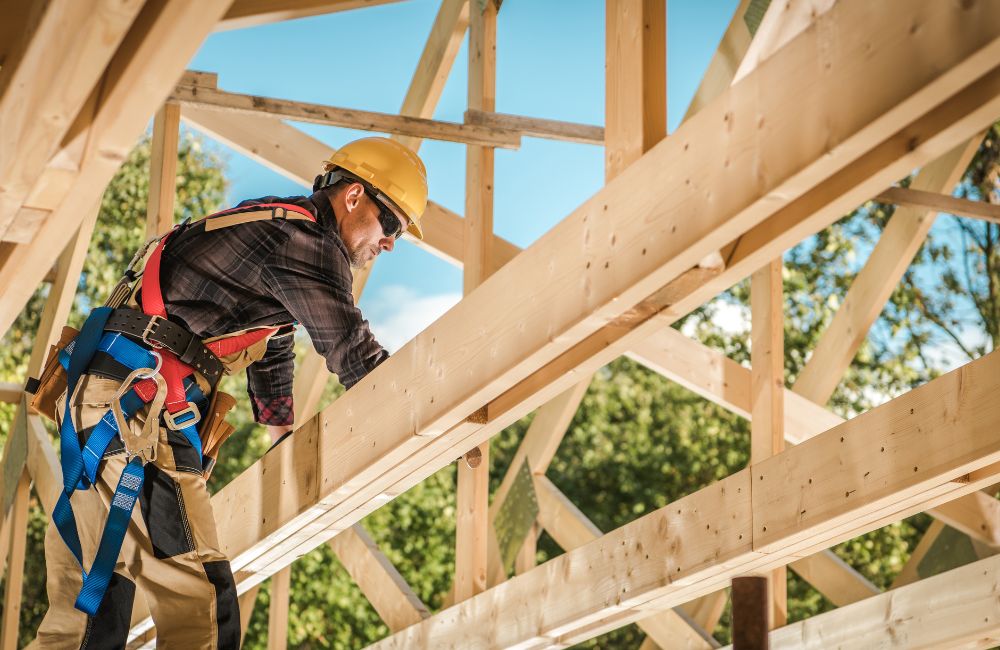 Wood is a timeless choice among commercial construction materials, favored for its natural beauty and structural capabilities. As a renewable resource, it offers environmental benefits, making it a popular choice for eco-conscious construction projects. Wood is strong and flexible, which means it can withstand stress and strain without breaking. This makes it particularly useful in areas prone to earthquakes or high winds.
Wood is a timeless choice among commercial construction materials, favored for its natural beauty and structural capabilities. As a renewable resource, it offers environmental benefits, making it a popular choice for eco-conscious construction projects. Wood is strong and flexible, which means it can withstand stress and strain without breaking. This makes it particularly useful in areas prone to earthquakes or high winds.
Wood's versatility allows it to be used in a variety of design and construction applications, from traditional to contemporary. Its aesthetic appeal adds warmth and character to commercial spaces, while its insulation properties help regulate indoor temperatures, leading to energy savings. Wood's ease of use and quick installation also contribute to its popularity in commercial construction projects.
Common Applications
Office Buildings: Wood is often used to construct office spaces for its inviting look and feel.
Retail Spaces: Wood can create a welcoming environment in shops and boutiques, where it is used for fixtures, shelving, and structural elements.
Restaurants and Cafés: Wood's natural warmth makes it ideal for creating cozy dining areas.
Educational Facilities: Schools and libraries benefit from wood's sound-absorbing properties, creating quieter learning environments.
Residential Complexes: Wood is used for framing, flooring, and decorative elements in multi-family housing units, providing strength and aesthetic appeal.
4. Stone
Stone is one of the oldest and most durable commercial construction materials, offering a blend of natural beauty and enduring strength. It comes in various types, such as granite, limestone, and marble, each with unique colors and textures that can enhance a building's aesthetic appeal. Stone's robustness makes it ideal for areas that require resistance to weathering, erosion, and other environmental elements.
Stone is valued for its longevity and low maintenance requirements in commercial construction. It can withstand the test of time, often outlasting the building itself. Stone's natural insulation properties also make it an energy-efficient choice, helping to maintain consistent indoor temperatures and reduce heating and cooling costs.
Common Applications
Exterior Cladding: Stone provides a protective and visually appealing outer layer for buildings.
Landscaping: Stone enhances the natural beauty of commercial properties by being used in outdoor spaces as walkways, walls, and decorative features.
Flooring: High-traffic areas in commercial buildings benefit from stone's durability and resistance to wear.
Monuments and Sculptures: Stone’s ability to resist environmental elements makes it a preferred material for outdoor art and monuments.
Interior Features: In lobbies and reception areas, stone adds a touch of elegance and luxury, often used for countertops, flooring, and wall facings.
5. Brick/Masonry
Brick and masonry are significant commercial construction materials known for their durability and fire-resistant properties. Bricks, often made from fired clay, provide excellent compressive strength, meaning they can bear a lot of weight without breaking. Masonry, which includes brick, stone, and concrete blocks, is a traditional building method that has been modernized to meet today's construction standards.
One of the key benefits of brick and masonry in commercial construction is their thermal mass, which helps regulate building temperatures by absorbing heat during the day and releasing it at night. This can lead to energy savings and a more comfortable indoor environment. Additionally, the aesthetic appeal of brick and masonry, with their range of colors and textures, adds character and timelessness to commercial structures.
Common Applications
Load-Bearing Walls: Brick and masonry are often used for their ability to support a building's weight, making them ideal for the structural walls of commercial complexes.
Facade and Exterior Cladding: They provide an attractive and protective outer layer that stands up to weather and time.
Landscaping Features: Used in creating durable and visually appealing outdoor spaces, such as patios, walkways, and retaining walls.
Fireplaces and Chimneys: Bricks' fire-resistant nature makes them perfect for constructing fireplaces and chimneys in commercial venues.
Historical Restorations: In restoring and maintaining historical buildings, brick and masonry are preferred for their authenticity and period-appropriate appearance.
Other Common Commercial Construction Materials
In addition to primary materials like concrete, steel, wood, stone, and brick/masonry, several other materials play crucial roles in commercial construction. These materials complement the main ones and offer unique properties that contribute to commercial buildings' functionality, aesthetics, and sustainability.
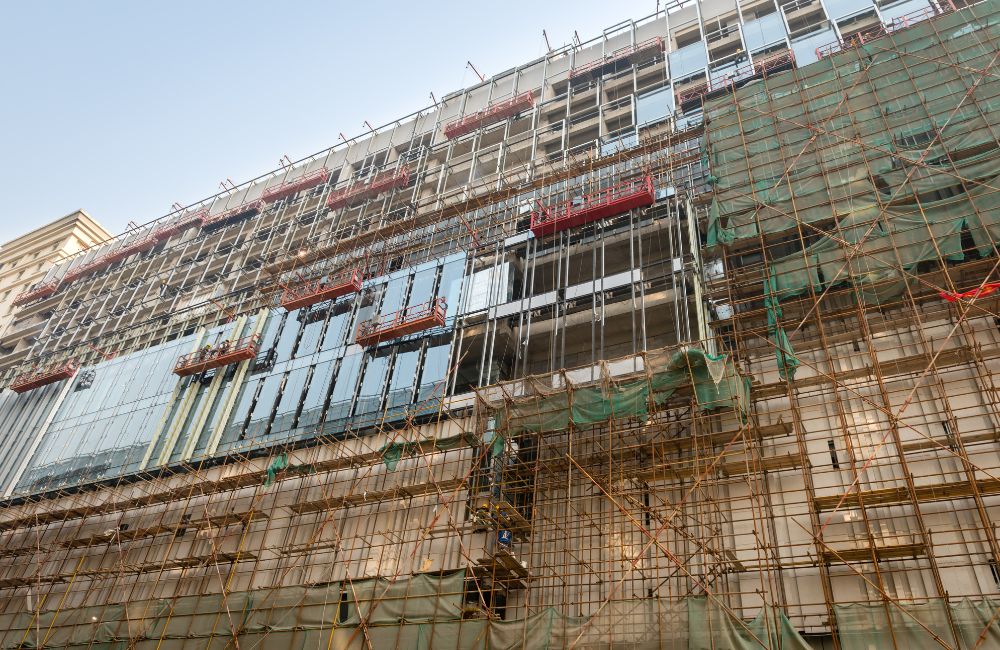 Glass
Glass
Glass is a versatile material widely used in modern commercial construction. Its transparency allows natural light to enter buildings, reducing the need for artificial lighting and saving energy. Glass also enhances the visual appeal of commercial spaces, creating a sense of openness and connectivity with the outdoors. It is commonly used for windows, doors, partitions, and facades of commercial buildings.
 Plastics
Plastics
Plastics have become increasingly popular in commercial construction due to their lightweight nature, durability, and cost-effectiveness. They are used for various applications such as piping systems, insulation, roofing materials, and decorative elements. Plastics also offer flexibility in design, allowing architects and builders to create innovative and sustainable solutions.
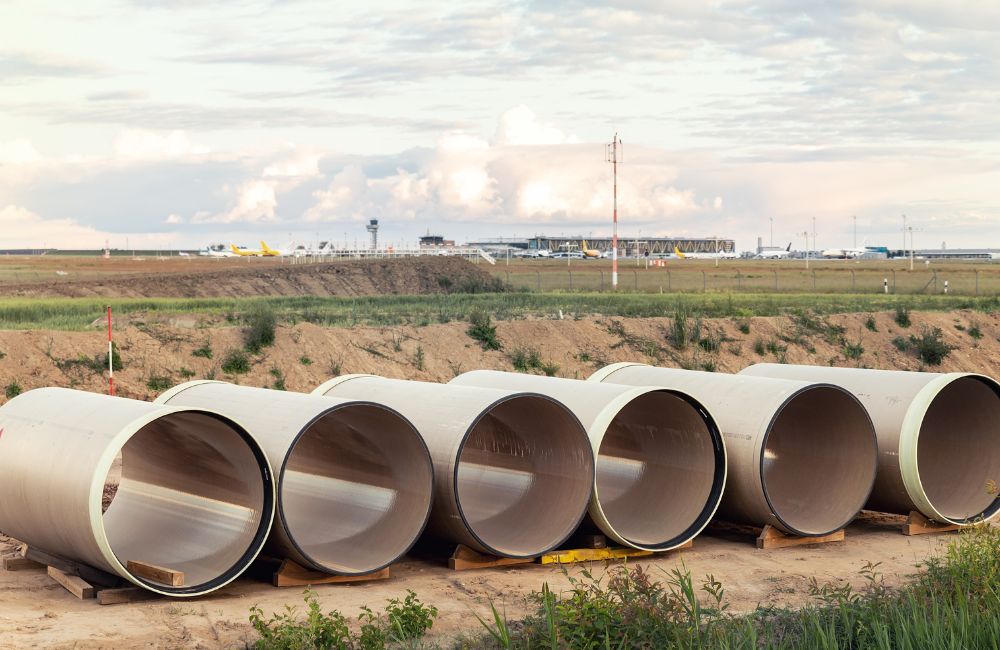 Composites
Composites
Composite materials, made from two or more constituent materials with different properties, are gaining traction in commercial construction. These materials combine the strengths of their components, such as fiberglass reinforced plastics (FRP), carbon fiber composites, and composite wood products. They are used in structural elements, facades, and specialized applications where strength, durability, and lightweight properties are essential.
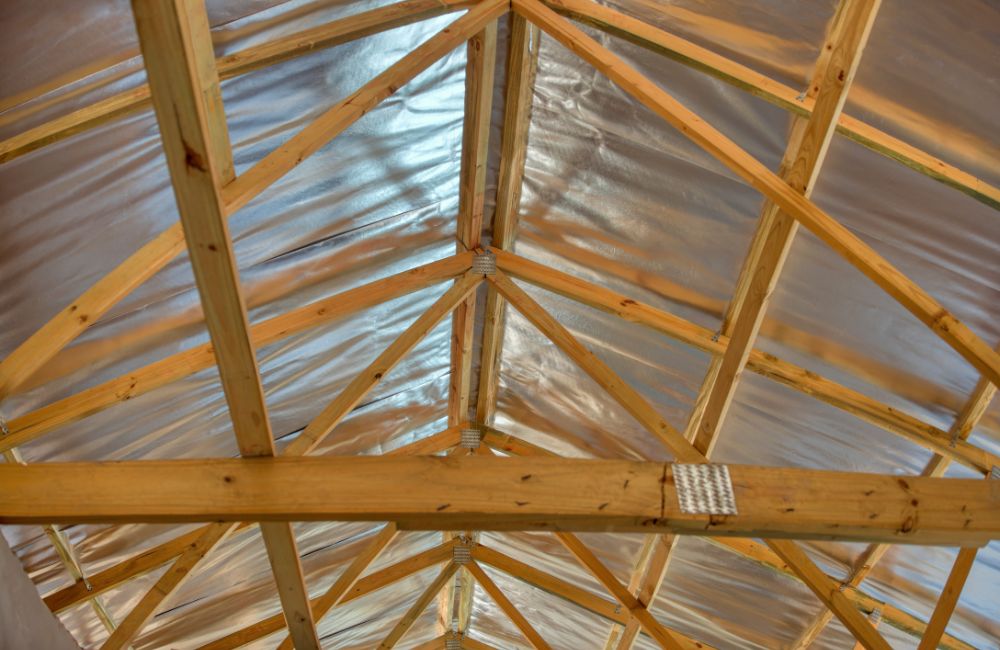 Aluminum
Aluminum
Aluminum is valued for its strength-to-weight ratio, corrosion resistance, and versatility in commercial construction. It is commonly used for window frames, curtain walls, roofing systems, and structural components. Aluminum's recycling ability also makes it a sustainable choice for environmentally conscious projects.
Ceramics
Ceramic materials, including tiles and porcelain, are commonly used in commercial construction for their durability, water resistance, and aesthetic appeal. They are used for commercial spaces' flooring, walls, countertops, and decorative features. Ceramics come in various colors, textures, and finishes, allowing creative design solutions.
Transform Commercial Spaces with Claris Design•Build
To bring your commercial vision to life, consider partnering with Claris Design•Build. As a leading commercial design and construction firm, Claris Design•Build specializes in transforming ideas into reality. With our expertise and commitment to excellence, We can help you navigate the complexities of material selection. Contact us today and experience the difference in commercial construction done right.



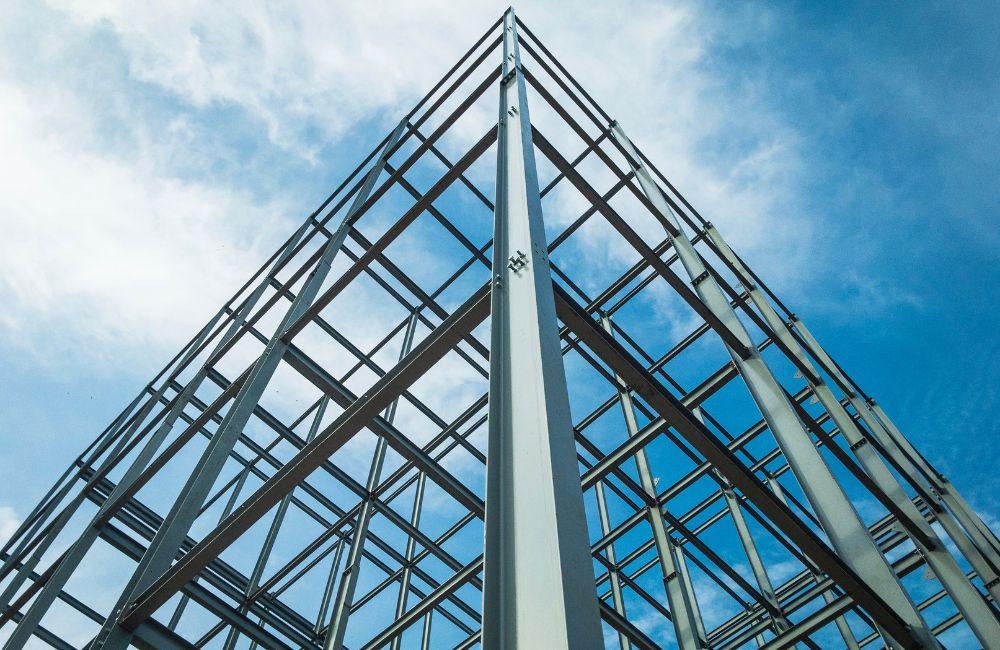
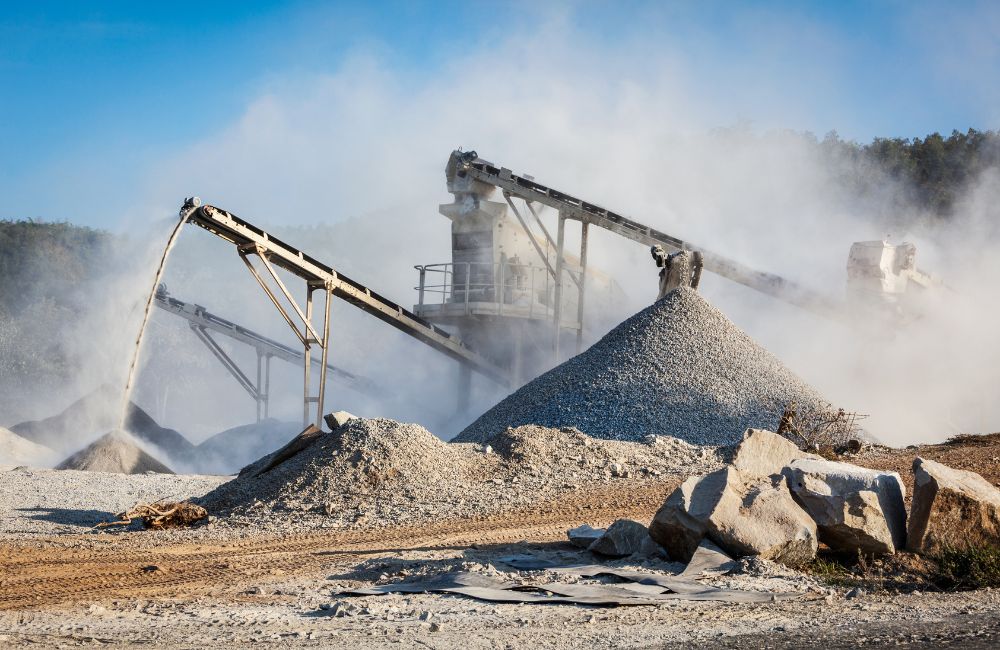
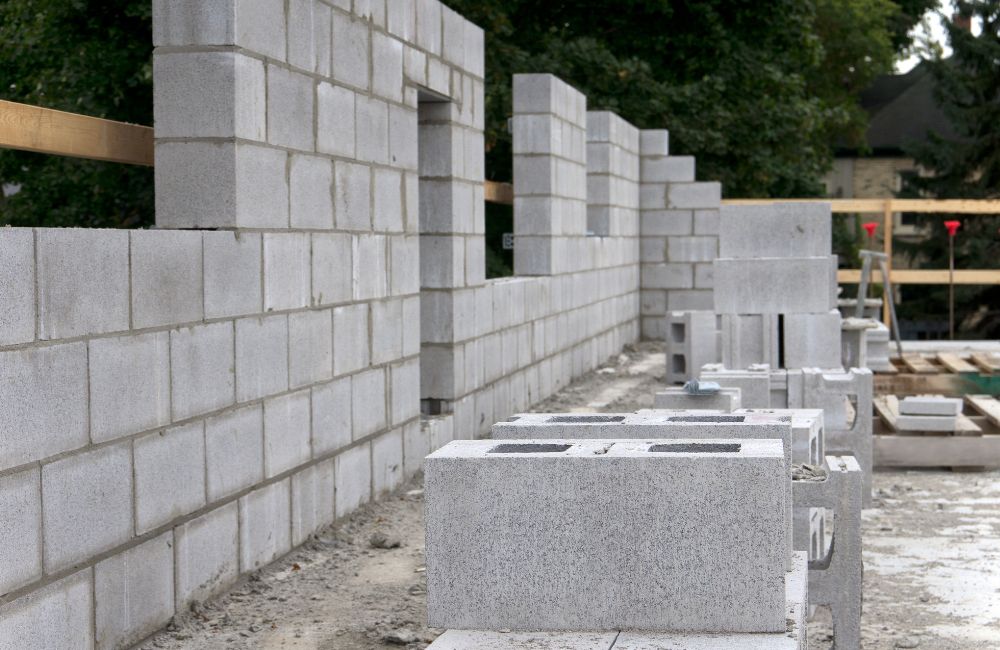
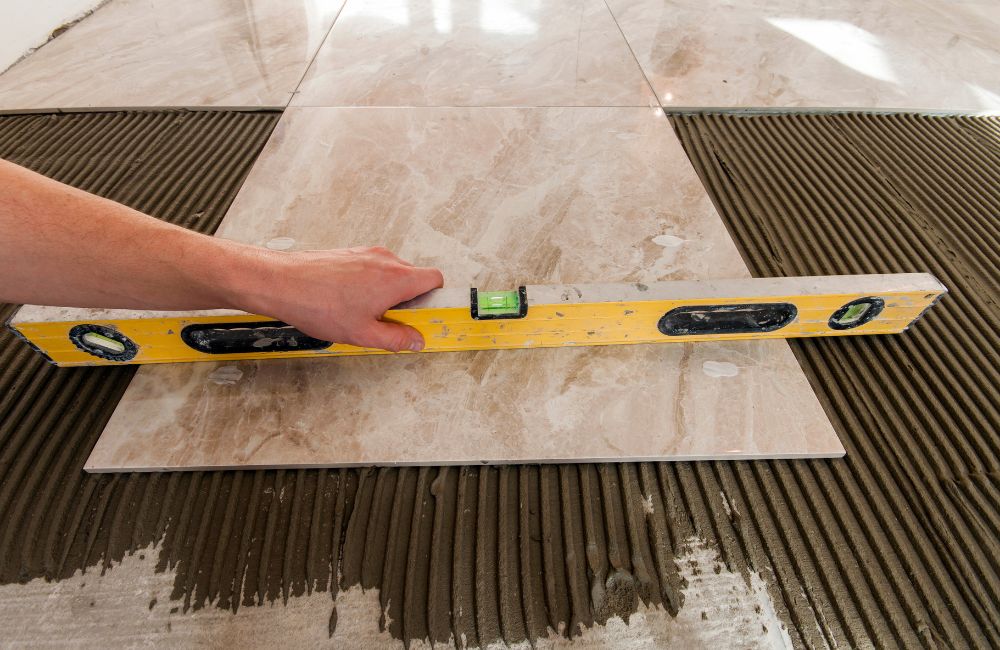
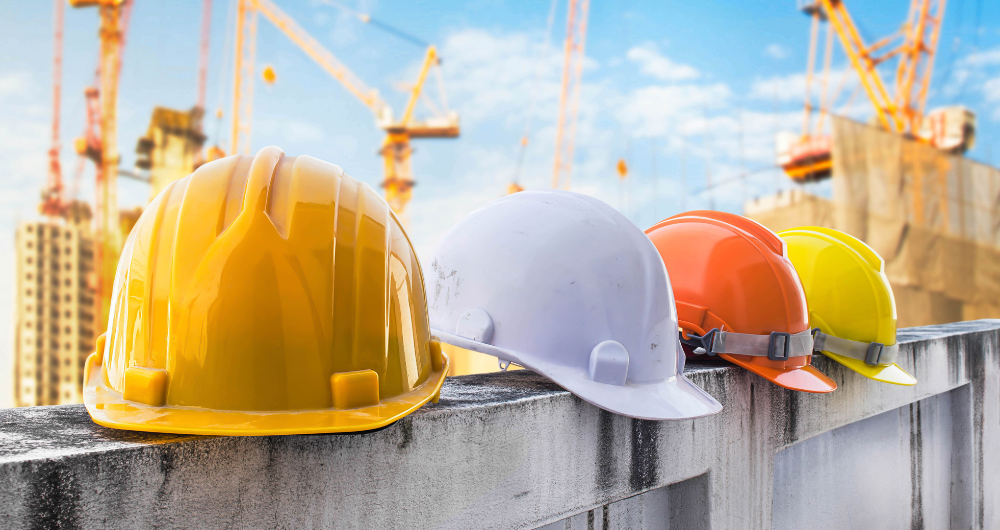
![[2025 UPDATE] 44 Construction Safety Statistics for 2025](https://www.clarisdesignbuild.com/wp-content/uploads/2024/03/Construction-Safety.jpg)
![[2025 Updates] Top 15 Benefits of AI in the Construction Industry](https://www.clarisdesignbuild.com/wp-content/uploads/2024/03/pexels-pixabay-256090.jpg)


